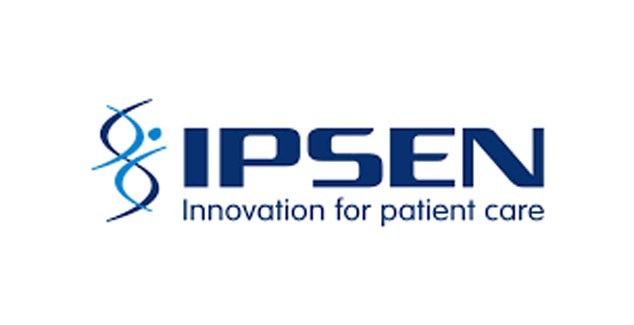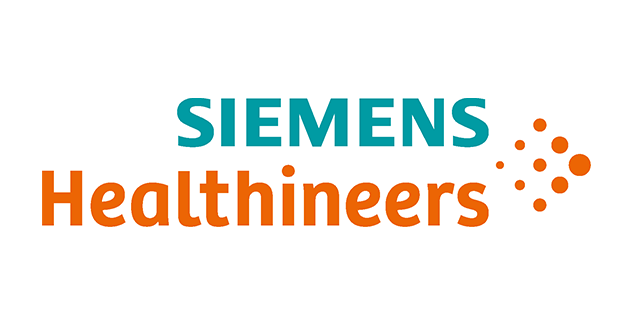Raju Paudel1, Lekhjung Thapa2, Avinash Chandra3, Bhupendra Shah4, Balgopal Karmacharya5, Ashim Subedi5, Pankaj Jalan6, Pradesh Ghimire7, Bikram Prasad Gajurel8, Jeyaraj Pandian9, Thomas Fischer10, Jan van der Merwe10, Werner Hacke1, Sunanjay Bajaj11 Patrick Tunkl12, Nima Haji Begli12, Jessica Golenia12, Christine Tunkl12 & Christoph Gumbinger12

The research team and collaborators for the Nepal Stroke Project.
Nepal is a LMIC located in South Asia with an estimated population of around 30 million. In Nepal, stroke is the third leading cause of death.1 Stroke care is still in its infancy and essential stroke care with the administration of thrombolysis and stroke unit care was not provided anywhere outside Kathmandu so far. To address this need, a research team set their sights on implementing a framework to improve acute stroke care in tertiary healthcare settings in Nepal. This project, The Nepal Stroke Project (NSP) (nepalstrokeproject.org), is a collaborative effort between the Nepal Stroke Association (NSA) and University Hospital Heidelberg, whilst support for the project was given from Hospital Partnerships program of the Deutsche Gesellschaft für internationale Zusammenarbeit GmbH. Further project advice was given by the World Stroke Organisation, the Angel’s Initiative2 and Christian Medical College Ludhiana.3
Nine tertiary hospitals in Nepal's urban hub areas were selected to take part in the project. Stroke care is a complicated and multi-faceted process and four areas of action were identified in order to engage both those at grassroots level (doctors, nurses, patients, and hospital boards) as well as policy-makers (government and health officials) and the general population, aiming to stimulate improvements for acute stroke care across Nepal. These four action areas were: quality improvement and monitoring, stroke care policy and public awareness (Figure 1).

Figure 1. Figure to show key areas of action in the NPS.
Eighteen months on from the implementation of the project, the research group share some initials findings so far. At hospital level, more than 1000 individuals across the nine hospitals have participated in educational events, workshops, and monthly training webinars so far. Three of the selected hospitals have achieved the status of an essential stroke center and provide thrombolysis on a regular basis. Stroke care was standardized by provision of checklists and flowcharts.
Stroke awareness campaigns were conducted both online and offline, using the World Stroke Day Campaign Material. Online campaigns were run through social media reaching an estimated 3 million people, whilst offline campaigns saw distribution of over 10,000 leaflets and health camps at schools, clubs and villages (Read more about this here!).4 At governmental level, regular meetings with the World Health Organisation Country Office Nepal and the Ministry of Health and Population were held.

Regular training sessions took place as part of the NPS and were key to success.
Overall, the team's efforts in raising stroke care awareness have had a notable impact. They are observing promising reports of enhanced stroke care not only from the selected hospitals but also from neighbouring centers. In addition, a few centers have taken the initiative to introduce thrombolysis procedures in collaboration with the team. The researchers note that key facilitators to their success have been the identification of stroke champions and core stroke teams at each hospital. Involving hospital boards in the processes, creating action plans and protocols as well as lots of training was also invaluable. Lastly, the researchers noted the usefulness of the WSO Online Roadmap for Stroke Services tool.5 Barriers to the process included high personnel turnover and the unaffordability and unavailability of therapies, especially thrombolytic medication.
The work of the project is not yet over, the project will continue to pursue their goals by improving acute stroke care in the tertiary care setting and implementing advanced therapies, whilst also addressing the continuum of stroke care and connecting more hospitals with telemedicine in future. The researchers hope that the Nepal Stroke Project’s experiences can be helpful to other LMICs, which are implementing stroke services.
References
1. Thapa L, Shrestha S, Kandu R, et al. Prevalence of Stroke and Stroke Risk Factors in a South-Western Community of Nepal. J Stroke Cerebrovasc Dis. 2021;30(5):105716.
2. Caso V, Martins S, Mikulik R, et al. Six years of the Angels Initiative: Aims, achievements, and future directions to improve stroke care worldwide [published online ahead of print, 2023 Aug 2]. Int J Stroke. 2023;17474930231180067. doi:10.1177/17474930231180067
3. https://www.world-stroke.org/news-and-blog/blogs/who-searo-stroke-care-improvement-project-in-bhutan-maldives-myanmar-and-timor-leste
4. https://www.world-stroke.org/news-and-blog/blogs/social-media-to-promote-stroke-awareness-in-nepal
5. Lindsay P, Furie KL, Davis SM, Donnan GA, Norrving B. World Stroke Organization global stroke services guidelines and action plan. Int J Stroke. 2014;9:4-13.
Author Institutions
- Grande International Hospital, Kathmandu, Nepal
- National Neuro Center, Kathmandu, Nepal
- Annapurna Neurological Institute, Kathmandu, Nepal
- B.P.Koirala Institute of Health Sciences, Dharan, Nepal
- Manipal Teaching Hospital, Pokhara
- Norvic International Hospital, Kathmandu
- Chitwan Medical College Teaching Hospital, Bharatpur, Nepal
- Tribhuvan University Teaching Hospital, Kathmandu
- Christian Medical College, Ludhiana, India
- Boehringer Ingelheim International GmbH, Ingelheim.
- Department of Neurology, University of Texas Health Science Center at Houston, McGovern Medical School, Houston, Texas
- University Hospital Heidelberg, Department of Neurology, Germany

 Member login
Member login
















